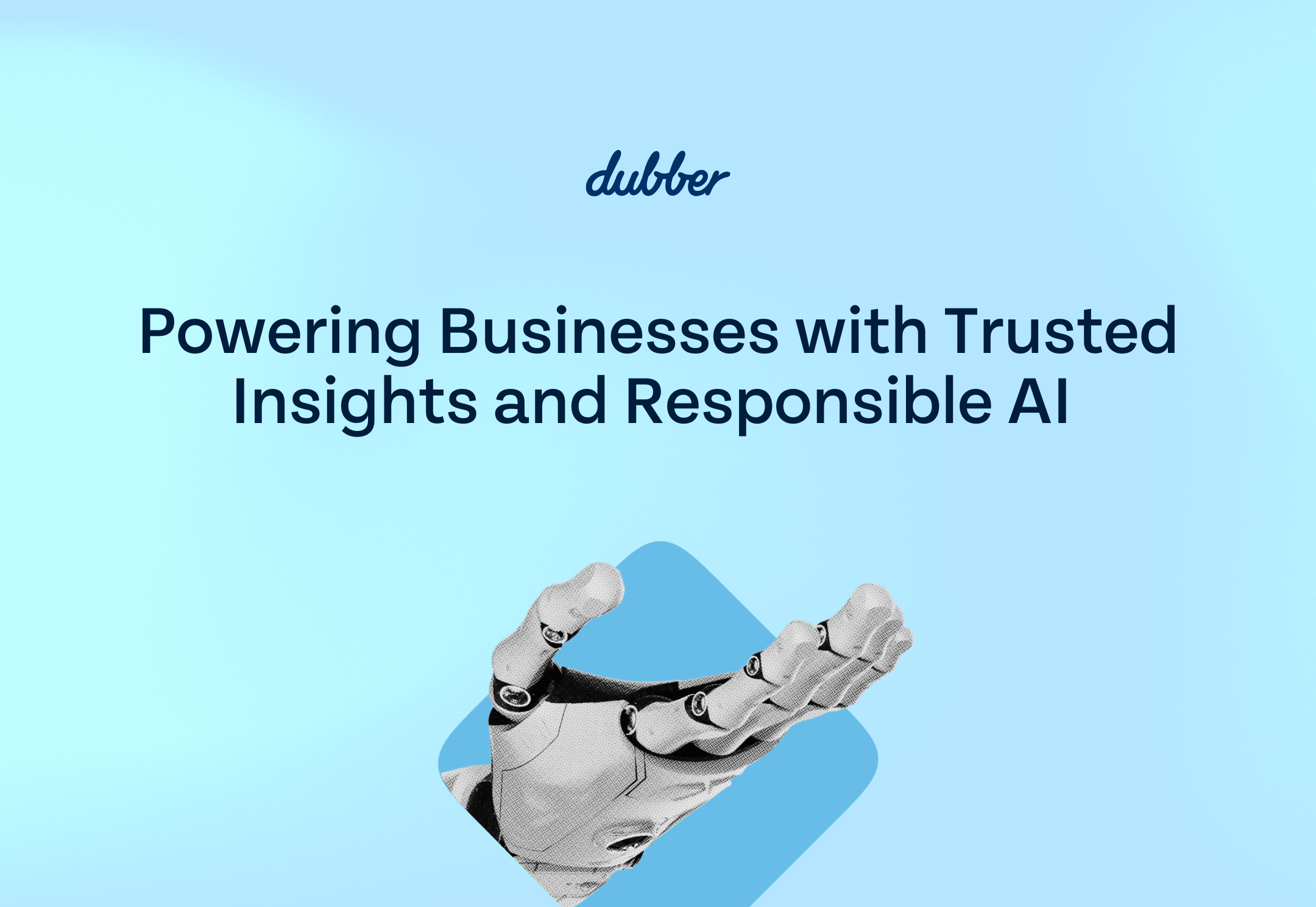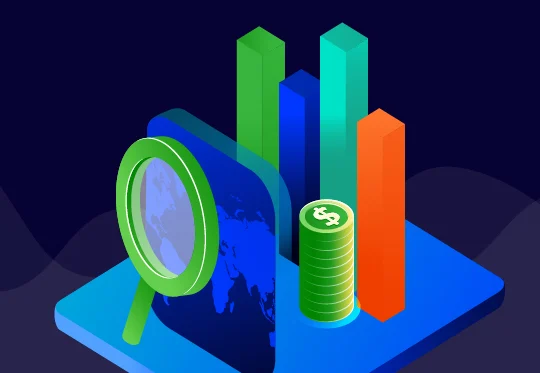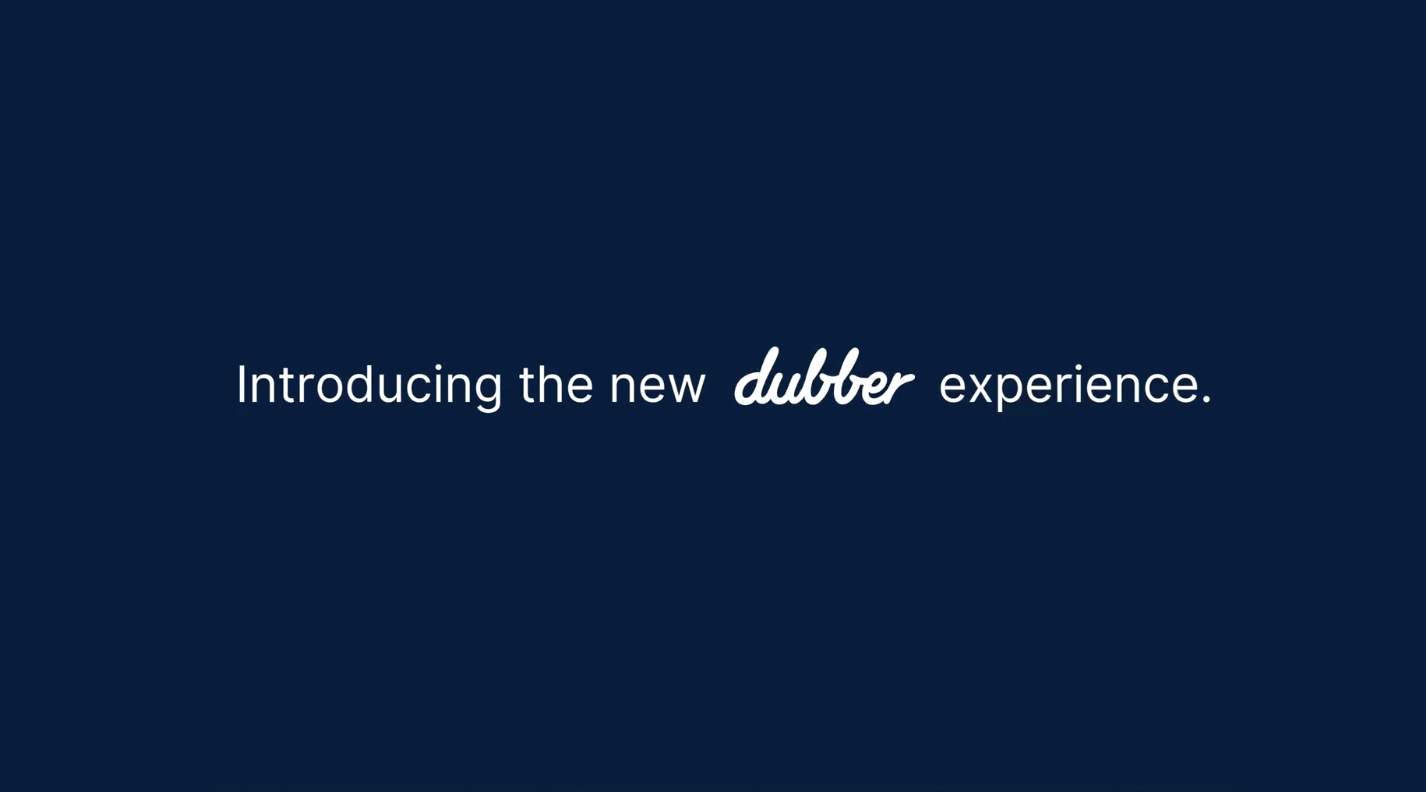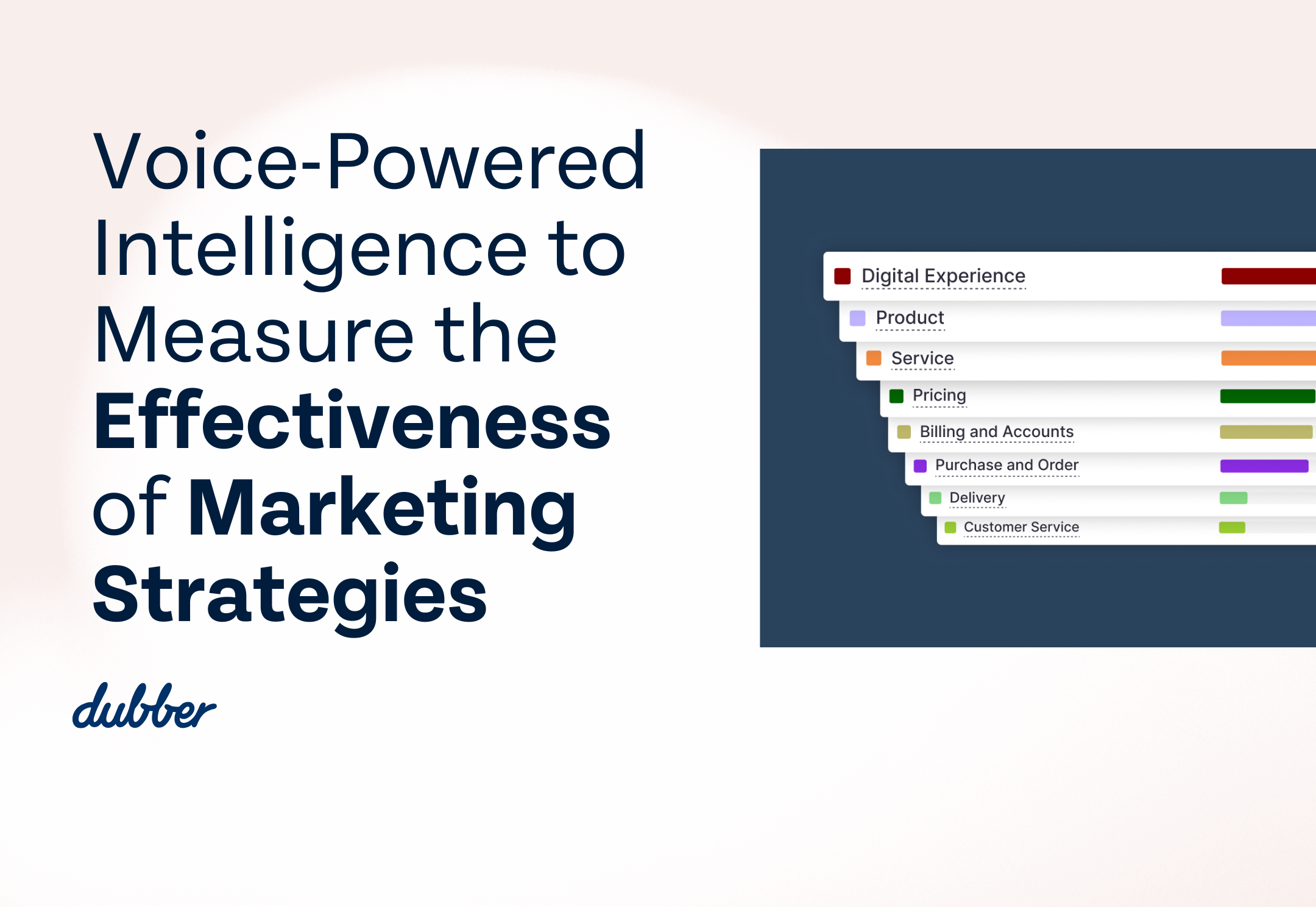

Future proof your business with open voice intelligence
Open voice intelligence starts with either transforming legacy call recording and implementing unified call recording that transforms any and every conversation into data. From there the Voice Intelligence Cloud does the work – unifying conversational data sets and unlocking intelligence once lost at the end of every conversation – or in data silos and applications.
Traditionally, call recording was deployed as a necessary means to monitor agent performance, enable dispute resolution or enforce verbal agreements. Call recording was expensive, cumbersome and application-centric, which meant it was primarily adopted by enterprise contact centers and other places where only the most crucial of conversations occurred.
Application-centric call recording limits the capture of the broadest possible set of business conversations because it’s tied to a narrow set of devices/endpoints and specific application needs.
Often, less than 10% of crucial conversations are captured. The downstream impact is that essential data is lost, limiting broader data correlation and trapping data.
Modern call recording is cloud-based and deployed as SaaS.
The benefits of this for businesses include rapid deployment (deployed in minutes or hours, not months), significant cost reductions and the ability to capture, store and unify all business conversations, turning this into highly valuable data and insights for businesses.
This marks the start of open voice intelligence. Powered by API’s, data and insights are portable, easily federated to other business data, tools, systems and software.
Starting with Voice data.
Once companies capture all their crucial conversations and voice data, the requirement becomes to make the data accessible and portable in real-time.
For all this to work, you need to orchestrate and leverage APIs, to deliver scale in an automated manner. API’s federate the correct data and insights to the right system, with little to no human intervention, allowing automation and scale.
Automate and accelerate intelligence, accurately.
The Dubber platform is architectured around an open API, authorising companies to control, automate and self-serve, tailoring functionality and data outputs to fit and connect to specific platforms or software. Outcomes include:
- Revenue Intelligence: Port crucial conversational data with new prospects or existing customers, integrated into your CRM or sales revenue tools.
- Customer Intelligence: Good customer service and speedy dispute resolution is predicated on timeliness. Connecting the Dubber API to workflow tools based on spoken keyword triggers or phrases such as ‘I want to speak to your manager’. Solve disputes efficiently and focus on delivering outstanding customer service and experiences.
- People Intelligence: Knowing how your people are feeling and operating is critical to business success. Remote and hybrid workforce arrangements have only exacerbated the challenge of knowing. Capture conversations with sentiment and tone insights, all of which can be integrated into your people management tools to enable more tailored training or support needs.
One of the most popular ways Dubber customers are leveraging the API today is for:
- Business Intelligence: Connecting call recordings and data such as call volumes, categories (based on tags), alongside sentiment rating, tone and or keywords and phrases into data visualisation tools such as IBM Cognos, Tableau and Google Data Studio. Dubber customers are informing vital business decisions such as resourcing, increasing or decreasing marketing/promotional spend or making capital decisions based on products or services mentioned.

